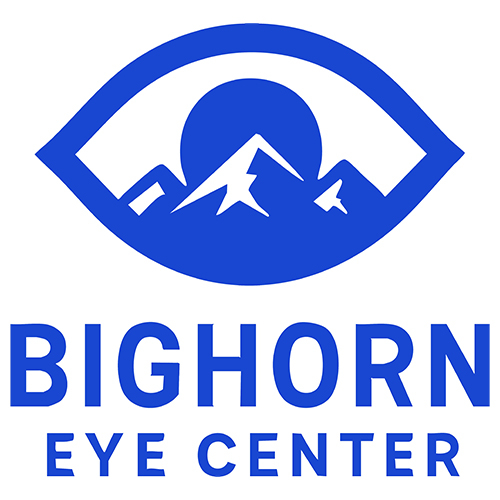What’s in Your Vision Insurance Plan
Understanding Vision Plans and Coverage
In general, there are two types of vision insurance plans:
Vision Benefits Package
This type of vision insurance plan has evolved over the years to include more personalized choice for the consumer in the form of defined contribution vision coverage—where you, the consumer, choose the particular services and discount offerings based on what you expect your vision expenses to be.
Many of these vision plans involve using pre-tax dollars deducted automatically by your employer in the form of Flexible Spending Accounts, ‘Cafeteria’ Plans, Health Savings Accounts or Health Reimbursement Accounts. Each has particular tax advantages and drawbacks you should discuss in full with your vision plan administrator or provider, and if necessary, a tax professional.
Vision Discount Plans
You agree to pay the difference in cost in full—however these types of plans generally offer lower premiums than traditional vision benefit plans.
Vision insurance like this typically includes a “network” of participating eyecare professionals who have agreed to honor the stated discounts within the vision plan, so long as you agree to pay the difference.
Vision Insurance Planning
This planning includes fully understanding any traditional health insurance coverage you may have. Unexpected eye injury, or the onset of certain eye diseases and their related treatments is often covered by your traditional health insurance rather than your specific vision insurance plan.
The point here is—it’s your vision insurance, your vision coverage—understanding your particular vision insurance plan is critical to maximizing those benefits.
Use it or lose it. Vision insurance benefits do expire.
What’s more, many of the defined contribution vision insurance plans (Flexible Spending Accounts in particular) don’t allow for your deposited money to roll over into the next year. If you don’t spend what you’ve allocated, you may be at risk of losing that money entirely.
Think beyond the traditional examination to a second pair of eyeglasses, prescription sunglasses, photochromic lenses, or eyewear that’s specifically designed to fit your lifestyle. All might be within ready reach if you maximize your vision insurance coverage.
